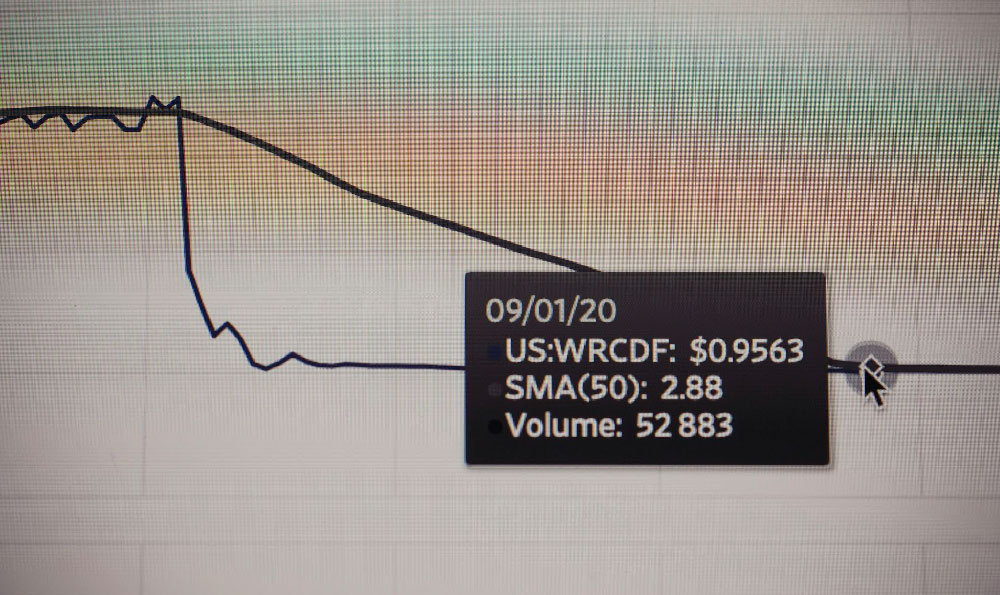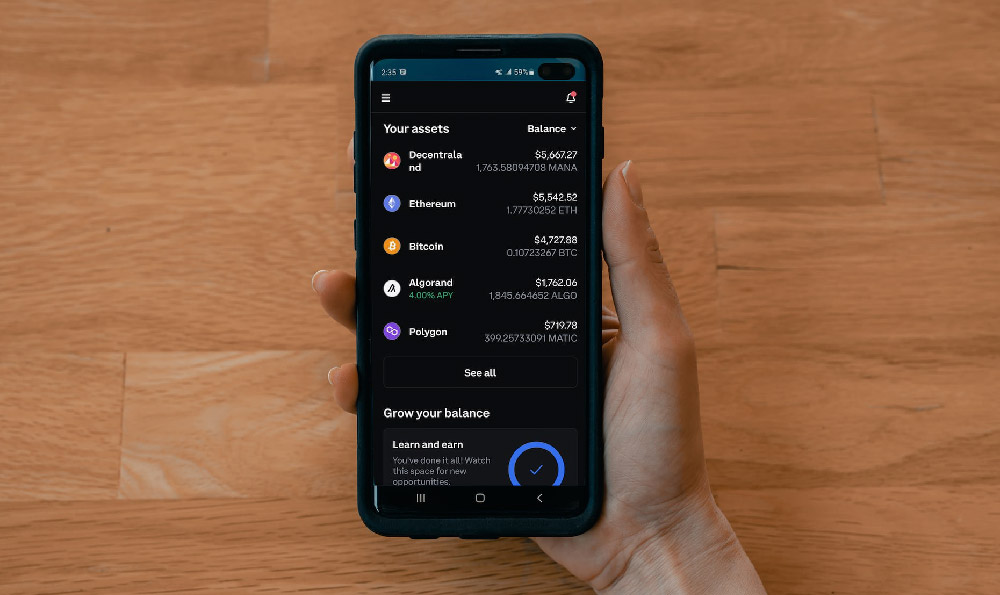How Many Subscribers Do You Need to Make Money on YouTube?
To determine how many subscribers are required to generate revenue on YouTube, one must first grasp the nuanced landscape of its monetization ecosystem. YouTube’s income model is a blend of automated systems and human-driven opportunities, with subscriber counts serving as a critical yet incomplete metric for financial success. The platform’s algorithm prioritizes engagement, content quality, and viewer retention, meaning that a high subscriber number alone does not guarantee profitability. Instead, it’s the interplay between viewer behavior, content strategy, and monetization tactics that shapes a creator’s earning potential.
The mathematics of subscriber growth and revenue often hinges on viewer engagement metrics. For example, a channel with 1,000 subscribers and an average watch time of 10 minutes per video may not yield significant income through the YouTube Partner Program (YPP), as the platform’s ad revenue shares are tied to watch time and monetization eligibility. Conversely, a smaller channel with a niche audience and high engagement—such as a 500-subscriber audience that watches 20 minutes per video—might secure sponsorships or affiliate income more effectively. This highlights that subscriber volume is not the sole determinant; rather, it’s the depth of audience interaction that often unlocks revenue streams.
YouTube’s monetization thresholds are often misunderstood as a direct conversion of subscribers to earnings. While the YPP requires 1,000 subscribers and 4,000 watch hours in the past 12 months, the actual revenue derived from this depends on factors like ad rates, content category, and geographic location. For instance, a channel focused on high-ad-rate niches such as finance or technology might generate more income per subscriber compared to a lifestyle or entertainment channel. Additionally, creators must consider the cost of content production, such as equipment, editing software, and time investment, which can influence the profitability equation.

Successful creators often achieve profitability by diversifying their income strategies beyond YPP. Brands and sponsors are more likely to invest in channels with consistent content, high engagement, and a defined audience. A case study of a 200,000-subscriber channel in the gaming sector shows that while ad revenue is a component, sponsorships and affiliate marketing can collectively outperform it. Similarly, channels with dedicated memberships or super chat features might generate substantial income from a smaller, loyal subscriber base. This suggests that the optimal number of subscribers is not a fixed target but a function of audience quality and monetization diversification.
Strategic recommendations for sustainable income on YouTube emphasize long-term planning and adaptive strategies. Creators should focus on building a community rather than chasing subscriber counts, as active viewership and retention drive higher ad revenue and sponsorship opportunities. For example, a 50,000-subscriber channel with high viewer retention rates and consistent upload frequency may outperform a larger channel with low engagement. Moreover, leveraging YouTube’s Creator Studio tools to analyze performance metrics, such as click-through rates and audience demographics, can help refine content and monetization strategies.
Avoiding common pitfalls requires a balanced approach to risk management. Over-reliance on a single revenue source can leave creators vulnerable to algorithm changes or market saturation. Diversifying income through affiliate marketing, merch sales, and YouTube Premium memberships can mitigate this risk. Additionally, creators must be wary of misleading claims about quick monetization hacks or “get rich” strategies, which often prioritize short-term gains over sustainable growth. By investing in quality content and viewer relationships, creators can build a resilient foundation for long-term profitability.
In the broader context of financial growth, YouTube can be viewed as a long-term investment in personal branding and audience development. Unlike traditional investments, the returns are not immediate but depend on continuous value creation. For instance, a creator may invest months in building a 10,000-subscriber audience before securing their first sponsorship, akin to the compounding effect in stock investments. This underscores the importance of patience and consistency, as well as the need to treat YouTube as a strategic financial tool rather than a quick-profit platform.
Furthermore, the integration of digital assets such as cryptocurrency can add an innovative dimension to YouTube income strategies. While not directly related to subscriber numbers, channels that explore blockchain, DeFi, or NFT topics may attract a tech-savvy audience ready to engage with alternative investment opportunities. This can create dual revenue streams, where viewers are both watching content and participating in token-based economies, enhancing the platform’s monetization potential.
Ultimately, the answer to how many subscribers are needed to make money on YouTube is not a static number but a dynamic relationship between audit quality, engagement, and monetization tactics. Creators should focus on optimizing their content for viewer satisfaction and aligning their monetization strategies with their audience’s needs. By treating YouTube as a business, with expenses, revenue streams, and risk management, creators can achieve financial success without falling into the traps of short-term thinking or unsustainable growth. The journey to monetization is less about the number of subscribers and more about creating value that resonates with the audience, ensuring that each viewer contributes to both content and financial growth.















